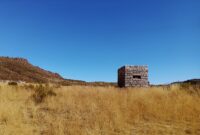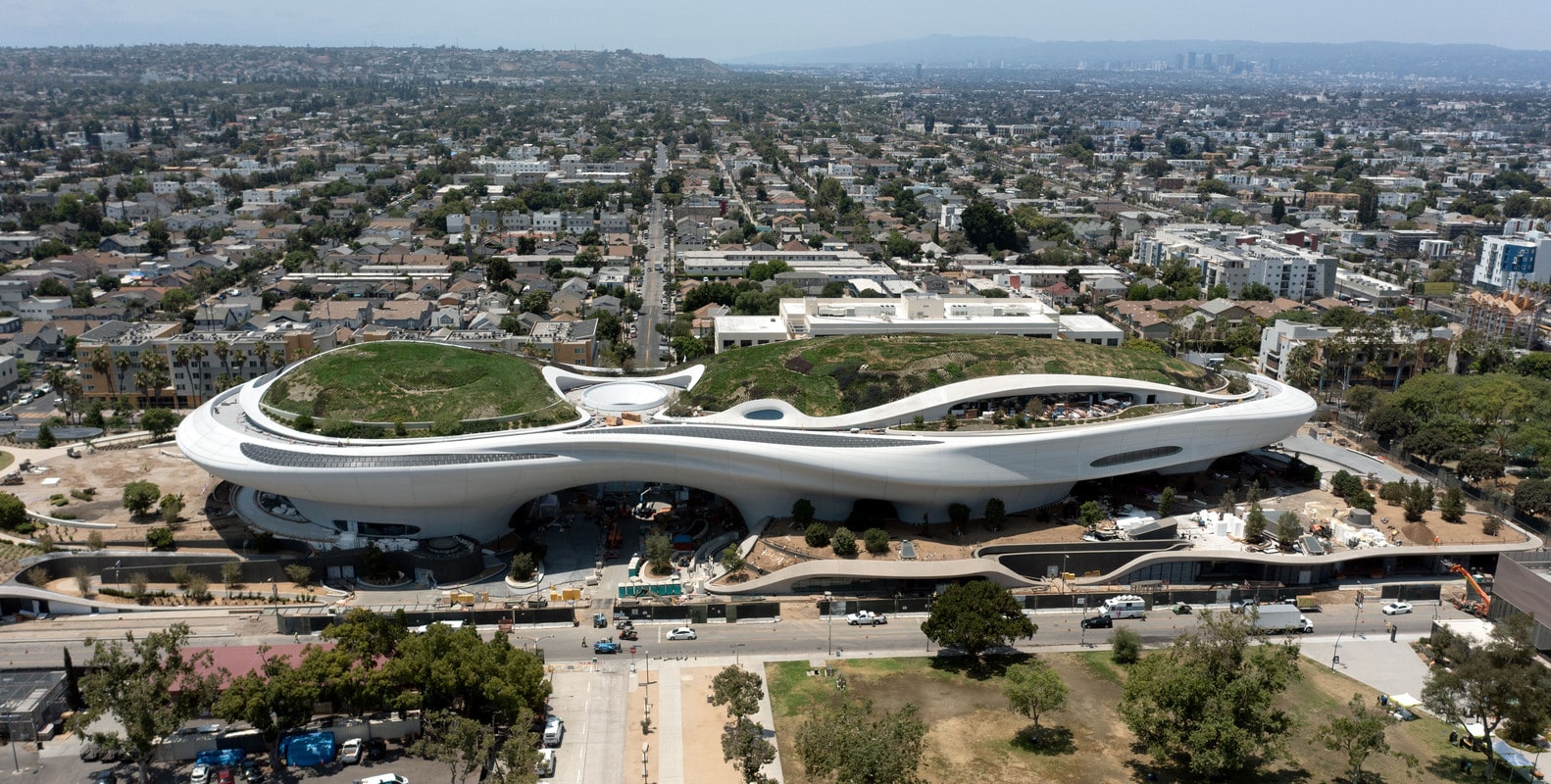- Home
- Articles
- Architectural Portfolio
- Architectral Presentation
- Inspirational Stories
- Architecture News
- Visualization
- BIM Industry
- Facade Design
- Parametric Design
- Career
- Landscape Architecture
- Construction
- Artificial Intelligence
- Sketching
- Design Softwares
- Diagrams
- Writing
- Architectural Tips
- Sustainability
- Courses
- Concept
- Technology
- History & Heritage
- Future of Architecture
- Guides & How-To
- Art & Culture
- Projects
- Interior Design
- Competitions
- Jobs
- Store
- Tools
- More
- Home
- Articles
- Architectural Portfolio
- Architectral Presentation
- Inspirational Stories
- Architecture News
- Visualization
- BIM Industry
- Facade Design
- Parametric Design
- Career
- Landscape Architecture
- Construction
- Artificial Intelligence
- Sketching
- Design Softwares
- Diagrams
- Writing
- Architectural Tips
- Sustainability
- Courses
- Concept
- Technology
- History & Heritage
- Future of Architecture
- Guides & How-To
- Art & Culture
- Projects
- Interior Design
- Competitions
- Jobs
- Store
- Tools
- More
Mumo Museum Of Motorcycles by DRAA
We were commissioned to design a museum to house the country's largest collection of antique motorcycles—machines predating the corporate consolidation of the motorcycle industry in the 1970s.

We were commissioned to design a museum to house the country’s largest collection of antique motorcycles—machines predating the corporate consolidation of the motorcycle industry in the 1970s. The project called not only for spatial generosity and flexibility but also for a structure rooted in local heritage, in dialogue with the landscape and its historical layers.
The site is located on the outskirts of Puerto Octay, a small city near the Cardenal Samoré border crossing into Argentina, part of the storied Pan-American Highway, which links Alaska to Tierra del Fuego. This symbolic geography—a transcontinental spine romanticized by generations of motorcyclists—is integral to the project’s meaning.

Table of Contents
ToggleA Building of Wood and Memory
The client sought a building that resonates with the legacy of German colonization in southern Chile—a legacy still visible in the vernacular timber construction of the region. Responding to this request, we proposed a wooden structure elevated above the terrain, housing a large open-plan exhibition space (piano nobile) atop a base level with public amenities including a shop and café.
The main exhibition space consists of three staggered pavilions constructed with CNC-machined laminated pino insigne—Chile’s most common fir species—elevated on a stepped concrete plinth that negotiates the site’s natural slope. This elevated structure offers sweeping views toward Lake Llanquihue and the imposing Osorno Volcano, integrating the museum with its surrounding landscape.

A Fragmented Continuum
While large and open, the exhibition space is not monolithic. The three overlapping volumes segment the hall without enclosing it—creating spatial pauses in the curatorial rhythm. This fragmentation was an intentional response to the nature of the collection: hundreds of motorcycles, each with a unique history, yet part of a broader narrative. The subtle segmentation allows visitors to navigate the exhibition in curated intervals, easing visual fatigue and enhancing cognitive engagement.
Structure as Light and Narrative
Each pavilion is topped with a roof diaphragm formed by interwoven timber beams, achieving structural rigidity without heavy trusses or tie elements. These diaphragms are linked by steel rings disguised as skylights, introducing natural light through the very elements that bind the volumes. These rings—simultaneously structural and luminous—create a roofscape that is both tectonic and atmospheric.
This purely structural strategy allowed for a flexible and unimpeded interior, supporting vertical installations such as motorcycle totems and hanging displays, without compromising the openness or integrity of the space.

A Contemporary Timber Technology
While the building honors regional timber traditions, it does so through contemporary methods. Prefabricated using CNC-milled wooden kits, the structure minimizes on-site waste and maximizes precision. But the project’s true technological leap lies in its connective detailing.
Rather than relying on complex metal gussets or visible flanges, the diagonal columns and roof diaphragms are joined with a handful of Rothoblaas engineered screws—small, highly efficient components that render the connections clean, discreet, and robust. This minimalism in fastening expresses a temporal distance between present-day construction and the legacy of the German settlers, while also suggesting a cultural continuity through craftsmanship and ingenuity.
Cladding and Continuity
In keeping with local tradition, the museum is clad entirely in thermally treated pino insigne. This not only enhances weather resistance but also underscores a key architectural principle: a wooden building clad in wood, a continuity of material and spirit. The result is a structure that feels at once timeless and contemporary, expressive of its place and purpose.

Conclusion
Set along the mythical Pan-American Highway, the Motorcycle Museum in Puerto Octay is more than a repository of machines. It is a narrative structure, where timber, technology, and topography converge. It speaks of journeys—geographic and historical—and offers a space where machines of motion are stilled in reflection, suspended between memory and modernity, landscape and legacy.
Photography: Marcos Zegers
- Architecture and memory
- Architecture and motorcycle culture
- Chilean architecture wooden structure
- CNC-milled timber construction
- Contemporary timber architecture
- Elevated museum design
- German heritage in Chilean architecture
- Lake Llanquihue architecture
- Motorcycle Museum Puerto Octay
- Museum of antique motorcycles
- Narrative exhibition design
- Osorno Volcano architecture view
- Pan-American Highway architecture
- Pino insigne wood cladding
- Prefabricated wooden museum
- Rothoblaas screw connections
- Structural roof diaphragms
- Sustainable wood architecture Chile
- Timber pavilion museum design
- Vernacular meets modern architecture
Submit your architectural projects
Follow these steps for submission your project. Submission FormLatest Posts
Suzhou Museum of Contemporary Art by BIG
Suzhou Museum of Contemporary Art (Suzhou MoCA), designed by BIG, reinterprets Suzhou’s...
Lucas Museum of Narrative Art to Open in Los Angeles in September 2026
Opening in 2026, the Lucas Museum of Narrative Art brings a sculptural...
Xiao Feng Art Museum by ZAO/Zhang Ke Architecture Office
Xiao Feng Art Museum by ZAO/Zhang Ke Architecture Office merges contemporary design...
Museum Bezau by Innauer-Matt Architekten
Museum Bezau by Innauer-Matt Architekten fuses heritage and modernity through timber craftsmanship,...
































Leave a comment